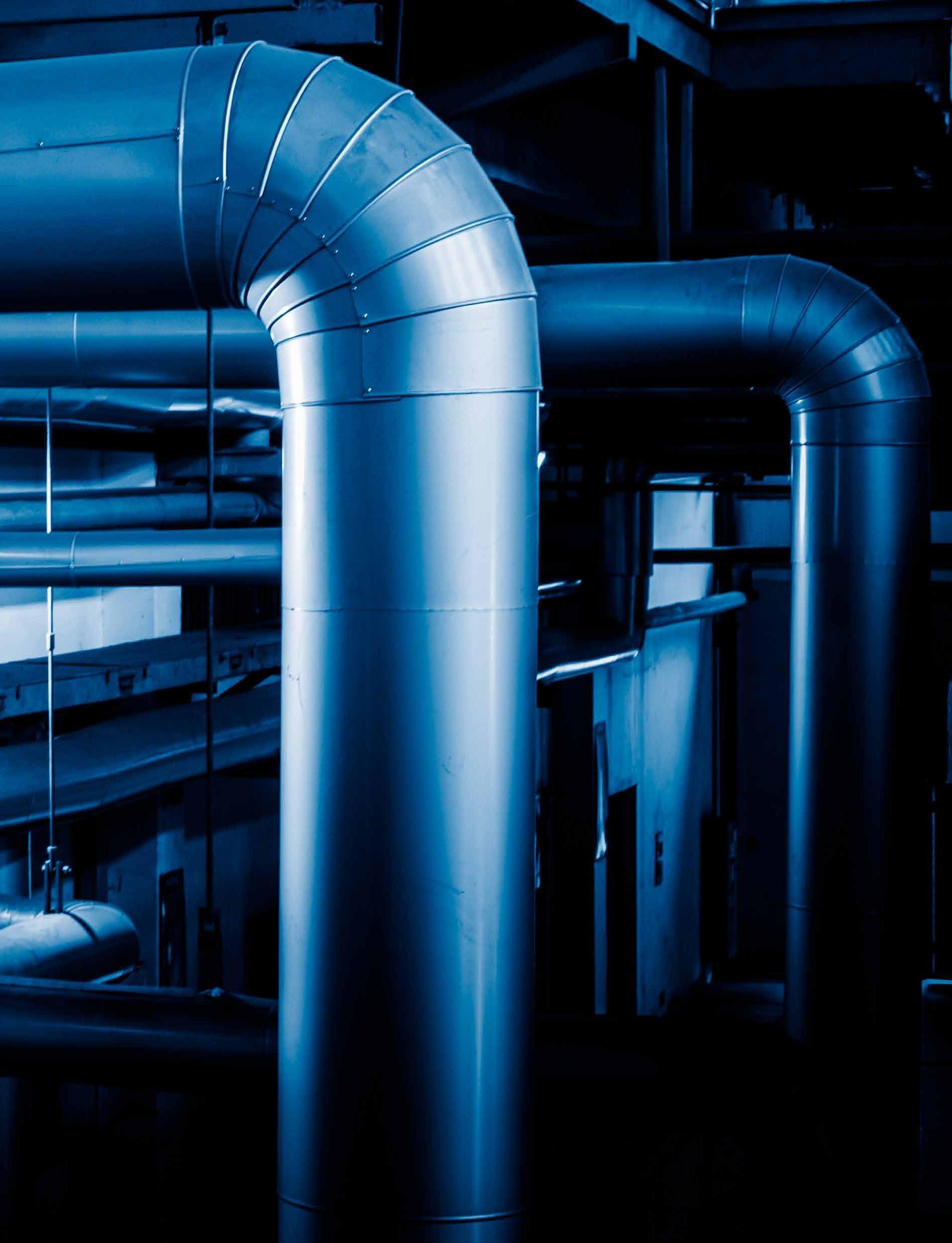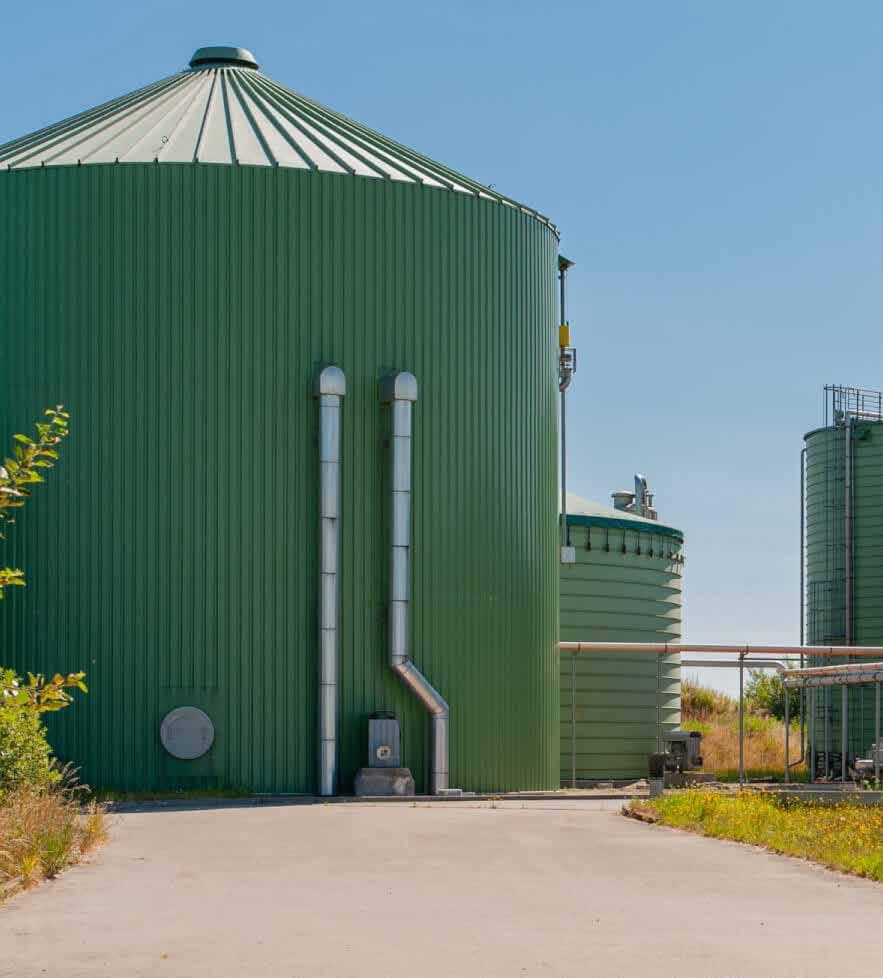
8 minute read
Energy Capital
An increasingly contested landscape for pipelines: what to do?
By Energy Capital
Advertisement
Pipeline infrastructure for energy activities in North America has been crucial for decades. The activities involved in the safe transport of energy material (traditionally hydrocarbons, and particularly natural gas) not only have strengthened the regional economy through export activities but have also boosted the generation of construction well-paid jobs.
Moreover, pipelines are the safest and most efficient way to move large volumes of oil and natural gas from development areas to refineries, petrochemical plants, and even to our homes and businesses for use.
However, the challenges and disadvantages of pipeline infrastructure have been evident over the years. With the advent of the energy transition and the environmental, technology improvement, and safety challenges that this has entailed, pipeline developers and operators have had to adapt to a highly changing and demanding environment. According to a July report by the Financial Post, "the U.S. built the equivalent of 28 Keystone XLs over the past decade." However, North America is expected to become "an increasingly inhospitable place for new projects" in the incoming years.
One example is the recent wave of project cancellations to construct interstate and mega pipelines in the region. More than being an obstacle, such events are ideal for rethinking what the energy industry can do to transition and contribute economically to regional growth.
In this article, we'll talk about the current status of pipeline infrastructure in North America, including both the projects under development

and those that have been canceled. Moreover, we'll briefly assess how, in this landscape, the energy industry is navigating and leveraging future business opportunities.
Where are we regarding pipeline infrastructure?
Globally, planned spending on pipeline construction is set to rise by $45 billion in 2021. Notably, there has been some positive movement concerning natural gas pipelines throughout the year in the U.S. According to the U.S. Energy Information Administration (EIA), despite a 2020 characterized by pricing woes and a crippling pandemic, into early 2021, about 4.4 Bcf/d (124 MMcm/d) of new natural gas pipeline capacity has entered service. Some examples are the following: • Saginaw Trail Pipeline by Consumer Energy (Interstate). Status: entered into service in November 2020. Particularly, it consisted of replacing and expanding pipelines and other infrastructure, with 200 MMcf/d (5.66 MMcm/d) of capacity in the central Michigan counties of Saginaw, Genesse, and Oakland. • Buckeye Xpress by Columbia Gas Transmission (CGT). Status: entered into service in December 2020. It was an improvements project that replaced 66 miles (106 km) of 36-inch (914-mm) pipe in Ohio and West Virginia. Besides, it added 300 MMcf/d (8.5 MMcm/d) of capacity from the Appalachia Basin into CGT's interconnection in Leach, Ky., and the TCO Pool in West Virginia. • The Permian Highway Pipeline by Kinder Morgan. It is a 430-mile (692km) pipeline from the Waha Hub in West Texas. It added 2.1 Bcf/d (59 MMcm/d) of capacity to Katy, Texas, and has connections to Mexico. • The Agua Blanca expansion by Whitewater/MPLX. Status: entered into service in late January 2021. It ships an additional 1.8 Bcf/d (51 MMcm/d) of natural gas to the Waha Hub. Additionally, it connects to 20 processing sites in the Delaware Basin and connects with the 2-Bcf/d (57-MMcm/d) Whistler Pipeline, targeted for completion in the third quarter.
Similarly, according to North American Oil and Gas Pipelines, at least 56 pipeline projects between March-July 2021 (including construction, expansion, additions, maintenance, security,
among other activities/services) were under development in the country.
On the other hand, according to the Government of Canada, currently, there are more than 840,000 kilometers (km) of pipelines across the country, regulated by Natural Resources Canada and provincially.
Besides and signaling a positive trend for the industry, the country's pipeline capital expenditures will reach $6 billion this year. In terms of miles, Canada will account for 23% of all North American pipeline installations until 2025.
Currently, two major oil pipeline projects are proposed or underway in Canada. According to the Government, "these are nation-building infrastructure projects that create good jobs for Canadians." Besides, the administration notes that these "will provide access to growing international markets to ensure Canada can get full value for (its) oil and natural gas."
The two critical pipelines for Canada are the Enbridge Line 3 Replacement Project and the Trans Mountain Expansion Project. Regarding the first one, the Canadian company Enbridge quickly finished about 60% of its work on the project after starting in December last year, but not after six years of environmental and regulatory reviews on the project.
Through the Enbridge Line 3, the company intends to replace an older pipeline that cuts a similar route through the northern part of Edmonton, Alberta, before ending at a terminal in Superior, Wisconsin. Indeed, the existing 34inch pipeline was built in the 1960s.
Similarly, the Trans Mountain Expansion Project is currently under development. Accordingly, it will increase capacity to support Canadian crude oil production growth and ensure access to global energy markets. As the largest project in this pipeline's history, it involves installing




approximately 980 kilometers of new pipeline. Also, new and modified facilities, including pump stations and terminals, and a new dock complex at the Westridge Marine Terminal in Burnaby, British Columbia.
Not obstacles, but opportunities – project cancellations and delays
Although these projects have continued their development with resilience, the path has not been free of challenges. Especially the pressures coming from local activists and environmental groups over the last decade have played a crucial role in the industry's evolution.
For instance, since 2016, the Trans Mountain Expansion Project has experienced
significant backlash from Canada's local communities and civic organizations. Among the requests that these groups asked are: the involvement of the project's parties to comply with indigenous and local communities' environmental justice; long-term well-paid job creation, secure infrastructure that can avoid spills/leaks during climate-challenging seasons, among other things.
Thus, throughout the last five years, the Canadian government worked closely with the interested parties to boost resilient, sustainable, cost-efficient, and socially sensitive pipeline projects. By enforcing regulations and updating past-date legislation, the country is navigating the energy transition and adapting its pipeline infrastructure to an evolving scenario.
In the U.S., the recent wave of projects' cancellations and delays, including the PennEast Pipeline project (PennEast Pipeline Company), Prairie State (Tallgrass Energy), Northeast Energy Direct (Tennessee Gas), Constitution (Williams), and Atlantic Coast Pipeline (Dominion Energy and Duke Energy) are clear examples of the opportunities pipeline companies have to observe to configure their future strategies better.
For instance, the $8 billion Atlantic Coast natural gas pipeline was canceled in August 2020 due to delays and cost overruns attributed to legal and regulatory disputes. When Duke Energy and Dominion Energy made the cancellation announcement, both companies recognized that it reflected "the increasing legal uncertainty that overhangs large-scale energy and industrial infrastructure development in the U.S."
Even though they regretted the decision after six years of hard work, this process pushed the companies to collaborate and come up with previously unexplored approaches. For instance, in contrast to how the landscape looked just a few decades ago, Duke Energy and Dominion engaged extensively with and incorporated "feedback from local communities, labor and industrial leaders, government and permitting agencies, environmental interests, and social justice organizations" throughout the project's life-span.
We can see a similar story with the PennEast Pipeline Project. In late June, the U.S. Supreme Court removed one obstacle to constructing the $1 billion and 110-mile project pipeline by allowing the company to acquire 41-state controlled properties.
Nevertheless, the decision still faces ongoing legal and regulatory challenges. According to activists and political actors opposing the project, water management alternatives (highly sustainable ones), are crucial for the pipeline to move forward. If this is not considered, the project will likely


jeopardize the safe, clean water flow to the communities and nearby farms.
A similar story was the Williams Northeast supply enhancement pipeline project which recently received a two-year extension by FERC after been delayed due to New York not issuing water permits for construction. These experiences show us that several lawsuits will likely come if these issues are not addressed by the involved companies conducting these projects.
What does this contested landscape is teaching the industry?
The cancellation of TC Energy Corp.'s 1,947-kilometer Keystone XL pipeline by U.S. President Biden earlier this year had an impact on how the industry will likely evolve in the years to come. For instance, Enbridge Inc. proposed changes to the operational Line 5 project, which also faces regulatory delays and is in mediation with the state of Michigan (currently opposed to the project).
An increasing focus on ESG (environmental, social, and governance) is a significant consideration in North America. To that, adds geopolitics and the growing momentum for the energy transition in the western hemisphere. Per these circumstances, there is the potential risk of reduced appetite from financiers and lenders to finance fossil fuel projects going forward. The vivid consequences of that trend are increased delays and costs, and also cancellations of several projects.
Thus, there are several ways through which pipeline developers are trying to address these challenges and turn them into opportunities. In the U.S., for instance, the Department of Energy notes that pipelines could be a lowcost option for delivering large volumes of the gas of the future: hydrogen. Nonetheless, the potential for this gas still requires highly advanced infrastructure that can contain leaks and permeation and secure reliable, more durable hydrogen compression technology.
Similar transformations are in technology improvement for the future transportation of biofuels, biogas, and biomethane (renewable natural gas). Until now, in the U.S., several pipeline developers are assessing how they can adapt their already existing infrastructure to comply with future challenges.
Like in all the other energy industries, pipeline companies will have to adapt to transform the challenges they are faced with into highvalued opportunities to survive. Existing pipeline infrastructure is crucial for the energy transition to evolve. To acknowledge this and leverage it, will be vital in navigating the current uncertainty in the sector.










